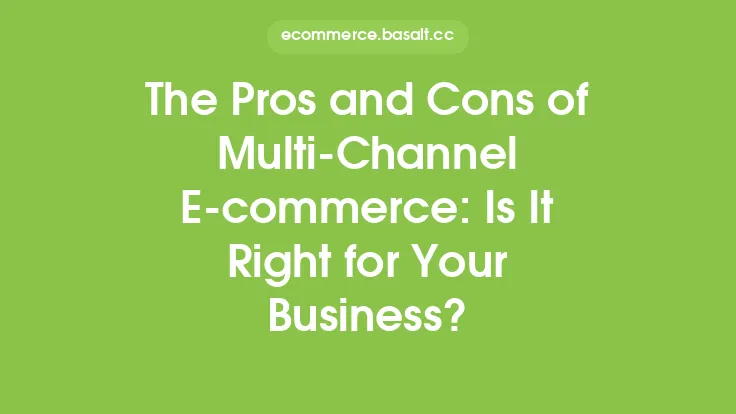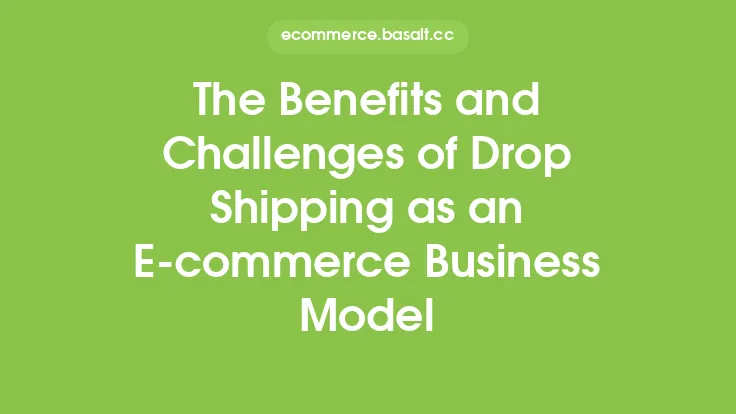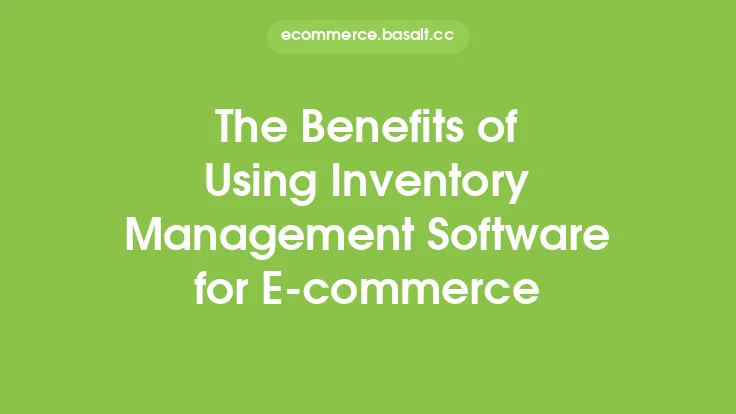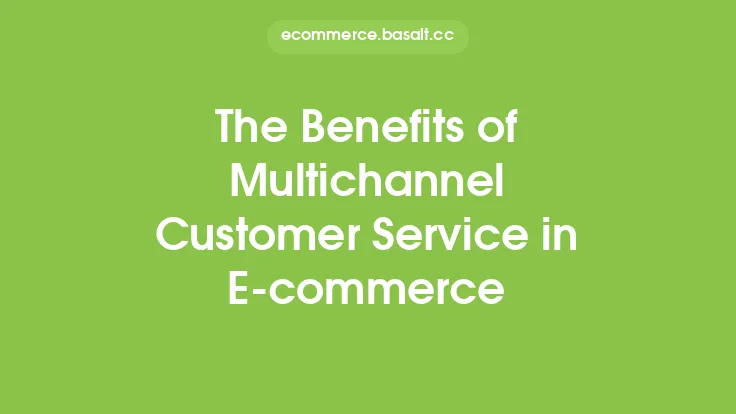The rise of e-commerce has led to the development of various business models, with multi-vendor platforms being one of the most popular and successful. These platforms, also known as e-commerce marketplaces, allow multiple sellers to sell their products or services to a large customer base. The benefits of multi-vendor platforms are numerous, and they have become an essential part of the e-commerce landscape.
What are E-commerce Marketplaces?
E-commerce marketplaces are online platforms that connect buyers and sellers from all over the world. They provide a space for multiple vendors to sell their products, and for customers to browse and purchase from a wide range of products. These platforms can be categorized into different types, such as business-to-business (B2B), business-to-consumer (B2C), and consumer-to-consumer (C2C) marketplaces. Examples of popular e-commerce marketplaces include Amazon, eBay, and Etsy.
Benefits of Multi-Vendor Platforms
The benefits of multi-vendor platforms are numerous. One of the main advantages is that they provide a large customer base for sellers, allowing them to reach a wider audience and increase their sales. Additionally, these platforms often have a well-established brand and reputation, which can help to build trust with customers. Multi-vendor platforms also provide a range of tools and services to help sellers manage their sales, including payment processing, shipping, and customer service.
Another benefit of multi-vendor platforms is that they allow customers to compare prices and products from different sellers, making it easier for them to find the best deals. This can lead to increased customer satisfaction and loyalty, as well as increased sales for sellers. Furthermore, multi-vendor platforms can provide a range of products and services that might not be available otherwise, making them a one-stop shop for customers.
Challenges of Multi-Vendor Platforms
Despite the benefits, multi-vendor platforms also face several challenges. One of the main challenges is managing the quality and reliability of sellers. With multiple vendors selling on the same platform, it can be difficult to ensure that all sellers are providing high-quality products and services. This can lead to issues with customer satisfaction and loyalty, as well as damage to the platform's reputation.
Another challenge faced by multi-vendor platforms is competition. With so many sellers competing for customers, it can be difficult for individual sellers to stand out and attract sales. This can lead to a race to the bottom in terms of prices, which can make it difficult for sellers to make a profit. Additionally, multi-vendor platforms often have to deal with issues such as payment processing, shipping, and customer service, which can be time-consuming and costly.
Key Features of Successful Multi-Vendor Platforms
Successful multi-vendor platforms have several key features that set them apart from others. One of the most important features is a user-friendly interface that makes it easy for customers to browse and purchase products. Additionally, successful platforms often have a robust search function that allows customers to quickly find what they are looking for.
Another key feature of successful multi-vendor platforms is a reliable payment processing system. This system should be secure, efficient, and able to handle a large volume of transactions. Successful platforms also often have a range of shipping options, including fast and affordable shipping, which can help to increase customer satisfaction.
Best Practices for Sellers on Multi-Vendor Platforms
Sellers on multi-vendor platforms should follow several best practices to succeed. One of the most important best practices is to provide high-quality products and services. This can help to build trust with customers and increase sales. Additionally, sellers should ensure that their products are accurately described and priced, and that they have a clear and efficient returns policy.
Another best practice for sellers is to provide excellent customer service. This can include responding quickly to customer inquiries, resolving issues promptly, and providing regular updates on orders. Sellers should also ensure that they are complying with the platform's terms and conditions, as well as any relevant laws and regulations.
Future of Multi-Vendor Platforms
The future of multi-vendor platforms looks bright, with the global e-commerce market expected to continue growing in the coming years. As more and more people turn to online shopping, the demand for multi-vendor platforms is likely to increase. Additionally, advances in technology, such as artificial intelligence and blockchain, are likely to improve the efficiency and security of these platforms.
However, multi-vendor platforms will also face several challenges in the future, including increased competition and the need to adapt to changing consumer behavior. To succeed, these platforms will need to be agile and innovative, and to provide a range of tools and services that meet the needs of both sellers and customers. By doing so, they can continue to thrive and provide a valuable service to the e-commerce community.





